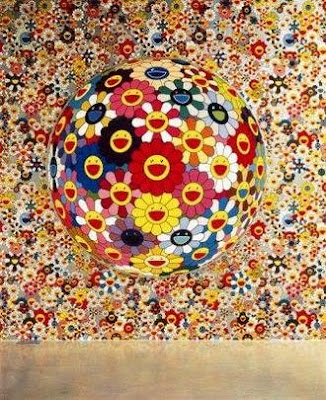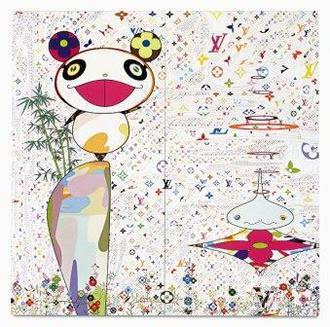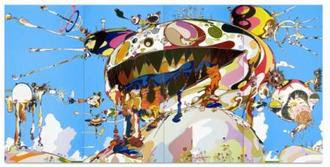Sunday, April 11, 2010
Saturday, April 10, 2010
Pop Art - Warhol Style Canvas Prints
Harking back to the series of images, for example of Marylin Monroe, created by Andy Warhol: perhaps the most famous proponent of the pop-art movement. Our studio will painstakingly cut out and recolour elements of the image, reassembling it in similar colours to that used by Warhol. The results speak for themselves.
This is created by a designer and not done by a Photoshop filter. There is no button to press to get these results, only painstaking attention to detail by our graphic artists.
Labels: pop art movement
Posted by The Definition at 11:15 PM 0 comments
Pop Art Histories
The Pop Art movement challenged tradition, joining the popular culture with fine art. Born about 1950-1960, the Pop Art is considered one of the earliest postmodernist arts. The most known Pop Art artists in the US were Andy Warhol and Roy Lichtenstein.
Labels: pop art movement
Posted by The Definition at 11:00 PM 0 comments
Obama's brand inspires pop art movement
Just a few days ago, Barack Obama was brand inspires pop art movement . Looking back, there were many marketing lessons that any business could learn from Obama's campaign, but perhaps the strongest is the power of having a strong AND shareable brand. Obama's logo and brand identity were consistently used across all his communications, but also treated with a flexibility that would drive many holders of a brand identity completely mad. Instead of taking a closed approach to his brand identity, the Obama campaign let people remix the brand for their own uses. Hundreds and thousands of creative designs using the Obama's Campaign logo and his face have turned up on art, posters, tshirts, decals, etc. Only making him the best marketed president to this day. "Pop Art" style is the most popular style being used on fashion tees and posters. Try you shot to fame by posting yourself on a poste
Labels: Obama', pop art movement
Posted by The Definition at 10:47 PM 0 comments
The Pop Art Movement
Pop Art developed slightly differently in America and Britain but in quite a curious way - American Pop artists were inspired by the burgeoning consumerist, media driven, fame obsessed culture of America whereas in Britain they were inspired by the same - but different - they were looking in at it from the safe or annoying barrier of the Atlantic. Pop Art was an affirmation of this culture not a repudiation, there was a satirical quality to it but it was far from the Dadaist destruction of artefacts of mass culture. Pop artists were far from detached, they appeared completely swallowed by pop culture, indeed some became more pop than pop itself. Like the culture that they were interpreting, their work was easy to understand, it was far from elitist, the common Joe could easily identify the symbolism in their work.
But it wasn't all that simple, Pop art was terribly close to the reality that they represented but it was clear that they were re-creations of real things. This is where the talent lay, American advertising had become very sophisticated, utilising many elements of modern art, therefore Pop artists had to discover different methods to distance their work, to save it from being consumed. Britain and America differed in their approaches, the former had the luxury of being more sentimental and humorous but the latter, living in the eye of it had to be more bold and aggressive. Pop Art continues to be as important, running alongside the all-consuming, ruthless monsters of advertising, mass media and mass consumerism; it is more than ever necessary and we all the more dependant on any Pop artist who can slay the beasts now and again and keep us all a tad less insane.
Labels: Madonna Pop Art
Posted by The Definition at 10:35 PM 0 comments
Subscribe to:
Comments (Atom)






















